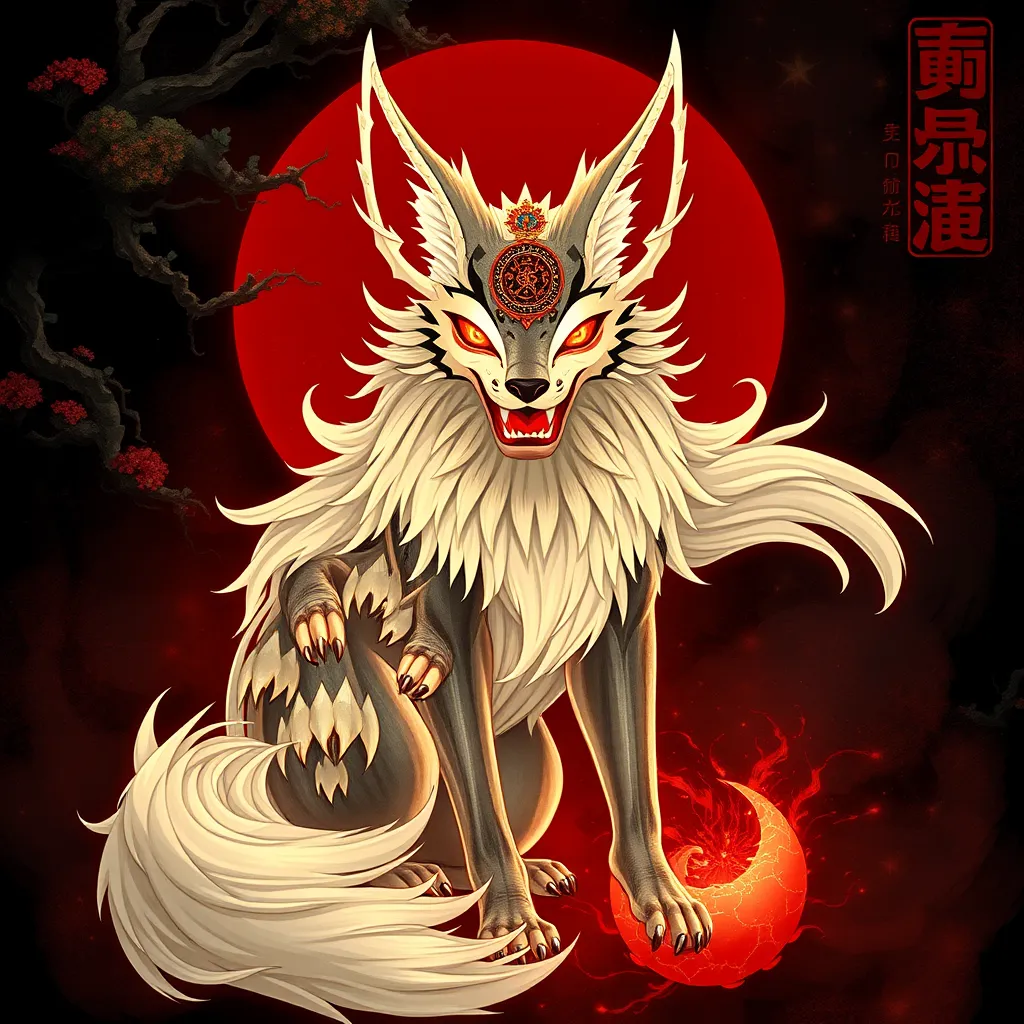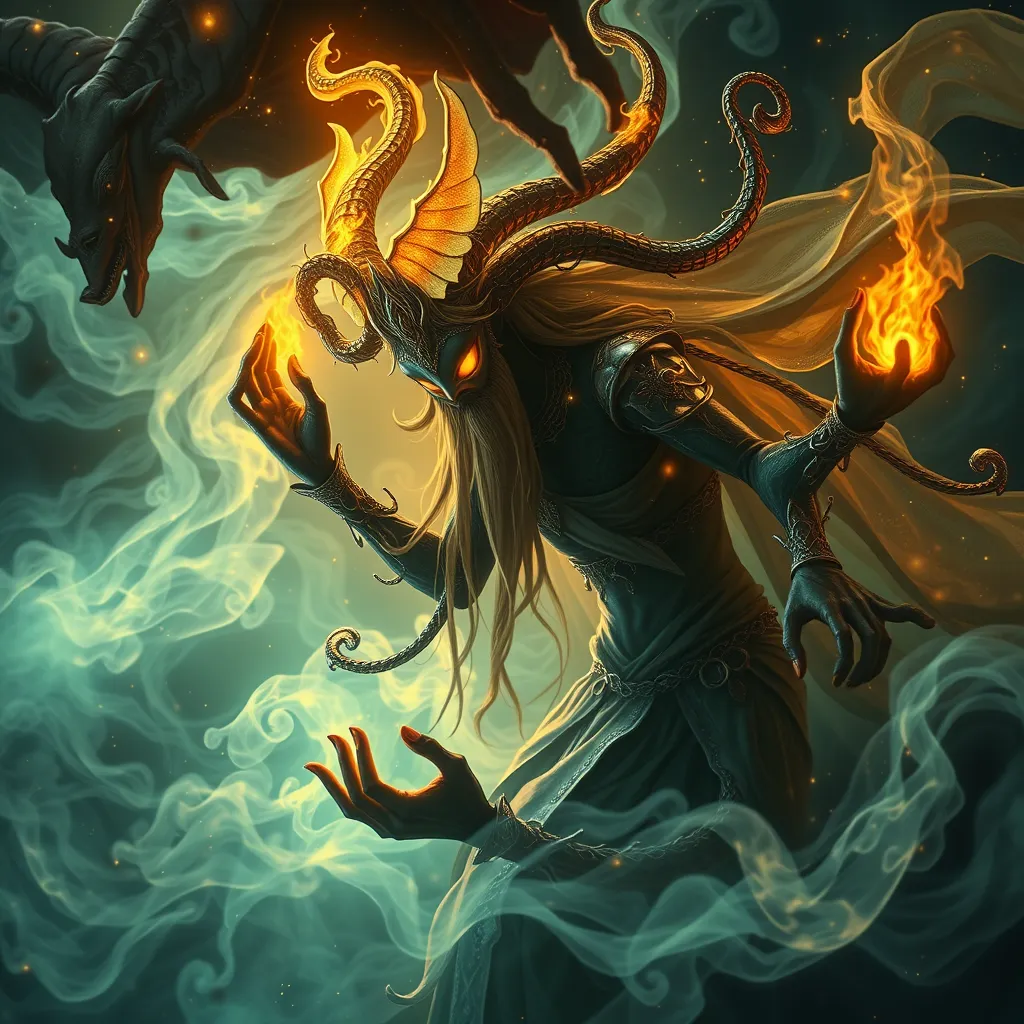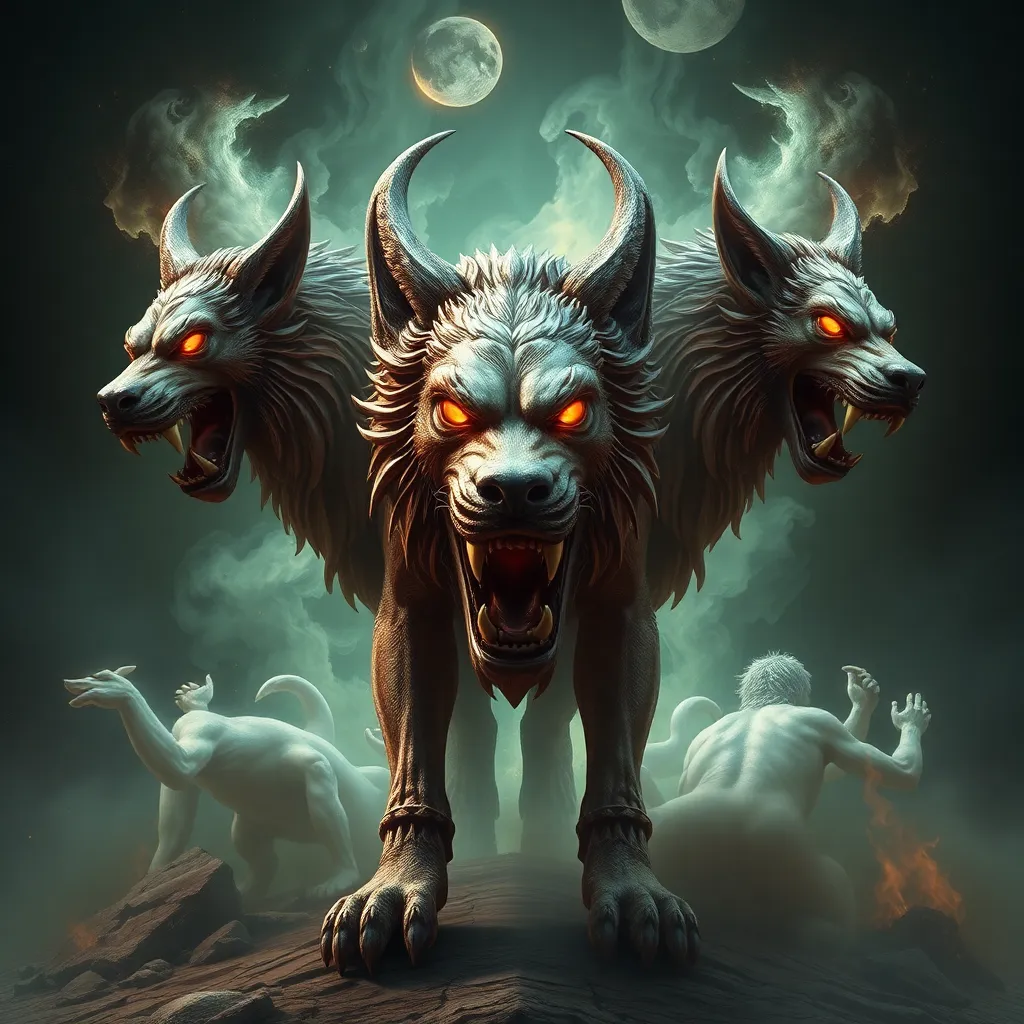Kitsune of Japan: Shapeshifters, Tricksters, and Guardians
I. Introduction
Kitsune, the Japanese word for fox, represents far more than just a common animal in Japanese culture. These mythical beings, often depicted as intelligent and magical creatures, hold a significant place in Japanese folklore, literature, and spiritual practices. Recognized as both protectors and tricksters, Kitsune embody a rich tapestry of meanings and stories that reflect the complexities of human nature.
This article aims to explore the intricate world of Kitsune, examining their historical origins, their dual roles as shapeshifters and guardians, their symbolism, and their contemporary significance in Japan and beyond.
II. Historical Origins of Kitsune
The origins of Kitsune in Japanese culture can be traced back to ancient literature and folklore. Early references to these enigmatic creatures can be found in texts such as the “Nihon Shoki” (Chronicles of Japan) and “Konjaku Monogatari” (Tales of Times Now Past), where they are depicted as creatures with supernatural abilities.
Moreover, the concept of the Kitsune was heavily influenced by Chinese mythology, particularly the legend of the Huli Jing, or fox spirit, which shares similarities with the Japanese Kitsune. This cultural exchange enriched the legend, allowing it to evolve over the centuries, adapting to the social and spiritual needs of the Japanese people.
III. The Nature of Kitsune: Shapeshifters and Tricksters
Kitsune are renowned for their shapeshifting abilities, allowing them to transform into various forms, including humans. This ability serves as a central aspect of their mythology, symbolizing both adaptability and cunning.
A. Explanation of shapeshifting abilities
- Transformation into humans and other beings: Kitsune can transform into beautiful women, often luring unsuspecting humans. These transformations can also include other animals, showcasing their versatility.
- Common forms and their meanings: The most common transformation is into a young woman, representing allure and deception. Other forms may symbolize wisdom or mischief, depending on the context of the story.
B. Trickster characteristics
Kitsune are often depicted as tricksters, embodying cleverness and wit. Their stories frequently involve themes of deception, where they outsmart humans or other creatures.
- Famous tales of deception and cunning: One well-known tale involves a Kitsune who deceives a farmer by pretending to be his wife, leading to humorous yet moral conclusions.
- The role of humor and morality in Kitsune stories: Many Kitsune tales end with a moral lesson, often emphasizing the importance of intelligence, caution, and humility.
IV. Kitsune as Guardians and Protectors
In addition to their trickster roles, Kitsune are also revered as guardians. Their connection to Inari, the rice deity, plays a pivotal role in their protective nature.
A. The connection between Kitsune and Inari, the rice deity
Inari is often depicted accompanied by Kitsune, who serve as messengers and protectors of the rice fields, symbolizing agriculture and prosperity.
B. Kitsune as protectors of families and homes
Many Japanese families place fox statues near their homes as a form of protection, believing that Kitsune will guard against evil spirits and misfortune.
C. Rituals and practices honoring Kitsune as guardians
- Offering rice and sake at Inari shrines.
- Participating in festivals that celebrate the bond between humans and Kitsune.
V. Symbolism and Cultural Significance
Kitsune embody a rich duality in folklore, representing both good and evil. This complexity enhances their cultural significance in Japan.
A. The duality of good and evil in Kitsune folklore
While many Kitsune are benevolent, others are depicted as malevolent spirits that deceive or harm humans. This duality reflects the broader themes of morality in Japanese culture.
B. Kitsune as a symbol of intelligence and adaptability
As shapeshifters, Kitsune symbolize the ability to adapt to changing circumstances, a quality highly valued in Japanese society.
C. Modern interpretations and representations in art and media
In contemporary culture, Kitsune continue to inspire artists, writers, and filmmakers, appearing in various forms of media, including anime, manga, and video games.
VI. Kitsune in Contemporary Japan
The cultural influence of Kitsune remains strong in modern Japan, as they continue to be celebrated in various forms.
A. Popularity in festivals and cultural events
Festivals dedicated to Inari often feature Kitsune-themed activities, including parades and traditional performances that celebrate their folklore.
B. Influence on modern literature, anime, and gaming
Kitsune characters frequently appear in popular anime and video games, often portrayed with a blend of their traditional traits and contemporary flair.
C. The resurgence of interest in traditional folklore
With the global interest in Japanese culture, there has been a resurgence in the exploration of traditional folklore, including the stories of Kitsune, leading to a renewed appreciation for their significance.
VII. Global Impact of Kitsune Mythology
The fascination with Kitsune extends beyond Japan, influencing cultures worldwide.
A. Cross-cultural adaptations and interpretations
Many cultures have adopted and adapted the concept of shapeshifting foxes, integrating them into their own mythologies and storytelling traditions.
B. Kitsune’s influence on Western media and pop culture
In Western media, Kitsune have become popular characters in fantasy literature, films, and video games, often portrayed with a blend of mystique and allure.
C. The international fascination with Japanese folklore
The global interest in Japanese folklore, including Kitsune, highlights the universal themes of transformation, intelligence, and morality that resonate across cultures.
VIII. Conclusion
The multifaceted nature of Kitsune, as both shapeshifters and guardians, reflects the complexities of human nature and the cultural values of Japan. Their enduring legacy in literature, art, and spiritual practices underscores their ongoing relevance in modern society.
As we continue to explore and celebrate the rich tapestry of Japanese folklore, the stories of Kitsune remind us of the importance of adaptability, intelligence, and the moral lessons woven into our narratives. The fascination with these mythical beings will likely endure, continuing to inspire and captivate future generations.



